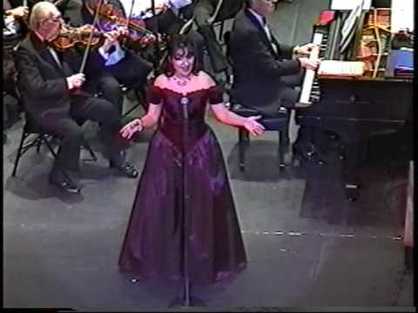Maria Alexandra Barreiro-Futterman
Incorporating Music Strategies into Early Spanish Language Acquisition
|
Introduction
The benefits of the integration of the arts into the core curriculum have been demonstrated by many research studies and practitioners’ classroom practices. Specifically, the work of Howard Gardner (1993) on Multiple Intelligences theory (MI) has brought to the pedagogical field a new insight and new considerations regarding individual learning styles (as cited by Paquette and Rieg, 2008). Yet, the benefits of incorporating music to language learning go beyond Gardner’s Multiple Intelligence theory. Moreover, Don G. Campbell (1992), who has studied the musical brain, states that music has a way of connecting the two hemispheres in the brain via the corpus callosum to enhance learning. Moreover, this connection creates a consistent integration via the corpus callosum between the left hemisphere, which is used for language, and the right, which distinguishes musical intonations. Therefore, language acquisition that is stimulated through music will result in a higher rate of retention of content and memorization. I have been a music teacher for the past 15 years, and I am currently pursuing a Master’s in Urban Education/ TESOL. I am also a World Language/Spanish and ESOL teacher at an urban school in Miami Dade County. In the future, I intend to develop across the curriculum educational materials as well as interdisciplinary strategies that incorporate music into language learning through an engaging and meaningful approach. My interest in the topic of music and language acquisition started through literature review that I carried out for another class where I was able to explore how music is implemented as a language acquisition and assessment tool at different levels of instruction, from an early age all the way to higher education. Subsequently, last semester, I conducted a case study with the purpose to understand how a first grade teacher implemented music in order to achieve specific educational goals and what areas of languages acquisition this teacher wanted to target by using musical strategies within the classroom setting. Today, I would like to inquire with my current Spanish first grade students how music can be used for instructional purposes in a foreign language class to help these first grades acquire new vowel sounds and simple vocabulary words based on these vowel sounds in Spanish. Can music facilitate the retention and memorization of a new language’s early acquisition stage?
|
Biography:
Alexandra Marie is an Argentinean-American Lyric Soprano who arrived in the United States in 1990. She received scholarships from NWSA/MDCC and Later FUI, earning her Bachelor’s Degree in Music and Performance in 1996. Alexandra Marie has appeared with Symphony Orchestras and Zarzuela companies around the U.S. and South America. Alexandra Marie recorded in Buenos Aires “Esencia de Mujer”, a tribute to Latin Women in Music and History. Alexandra was featured in the 2013 CD compilation: “TANGO in Miami “a cultural initiative by the Consulate general of the Argentine Republic in Miami. In 2015, Alexandra will perform for Hispanic Heritage “From Spain and Beyond” at Palm Beach Auditorium, “Festival de Cine Argentino” in Nova University and CCE / Ginastera in 2016. | ||||||
